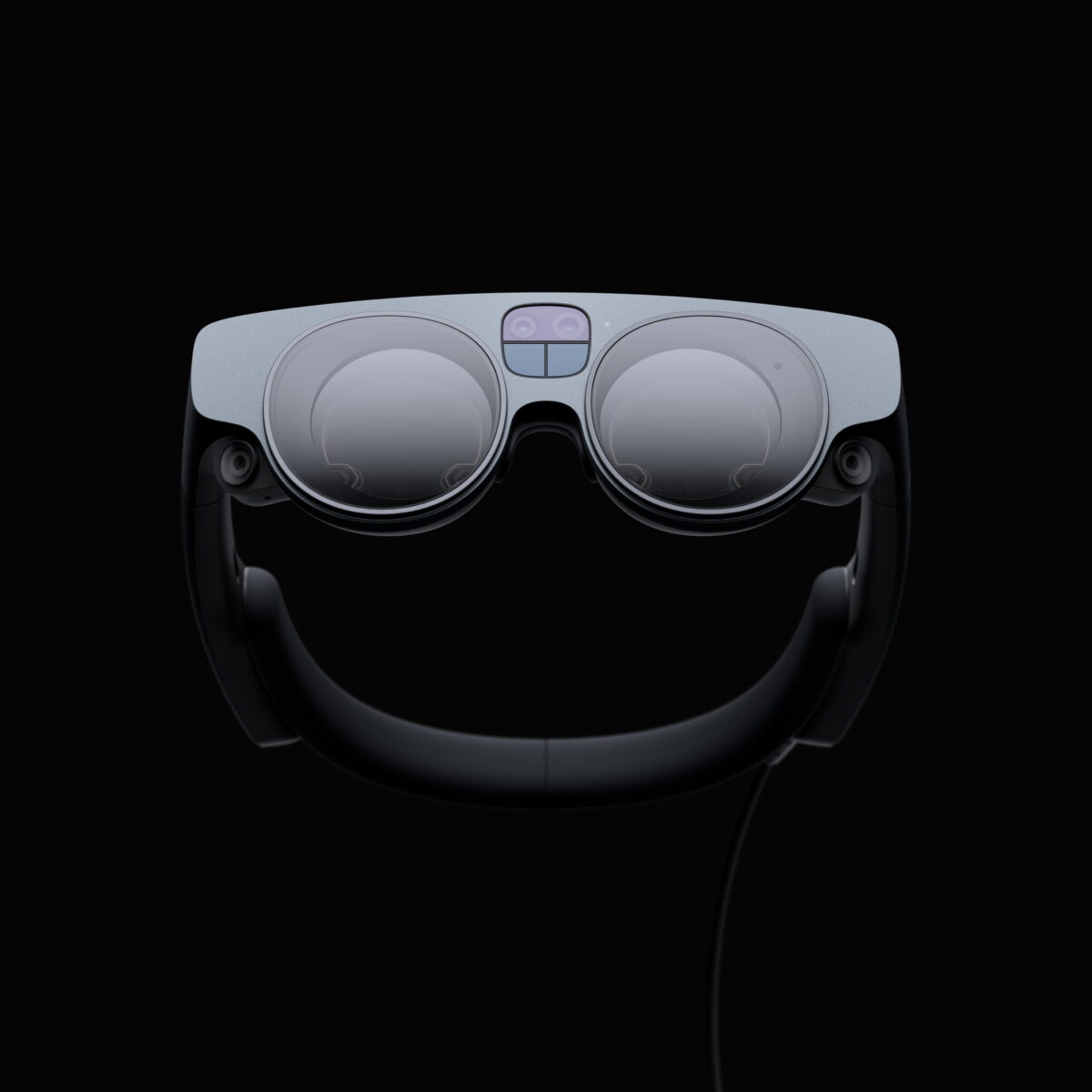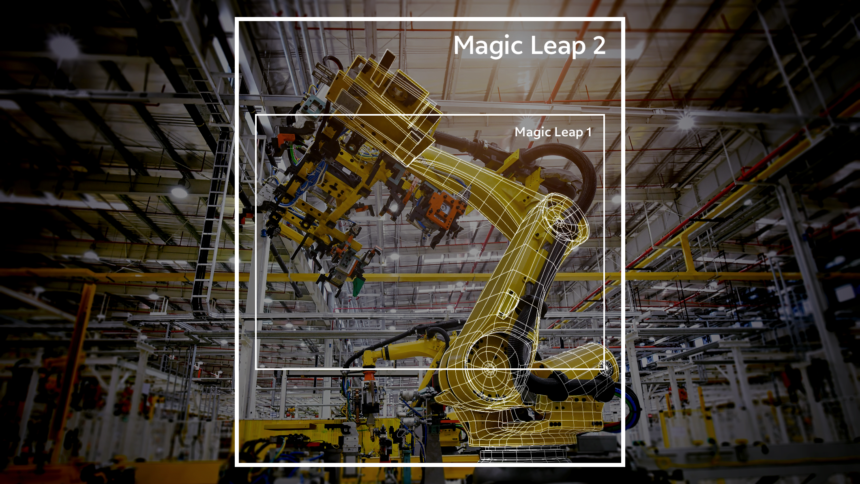Magic Leap 2: First impressions and new images

With Magic Leap 2, the eponymous company is launching slimmer, more powerful AR glasses with a larger field of view in 2022. Now there are first impressions of the device.
At a tech event in Miami, almost on Magic Leap's doorstep, the current Magic Leap CEO Peggy Johnson was a guest. She brought along some Magic Leap 2s for guests at the event to test on site.
Significant improvements, but no fundamental changes?
Investor Chris Fralic was present at the event and had the opportunity to test Magic Leap 2. Fralic says he has been following Magic Leap and AR for some time and also knows the previous model.
Fralic calls Magic Leap 2 a definite improvement over its predecessor. The spatial sound is good, he says, and the field of view is significantly wider. However, Magic Leap 2 "fundamentally the same thing as their prior version", Fralic thinks.
OK here's my review of the @magicleap 2 for @rabovitz and anyone interested. GOOD It's an improvement for sure, nice spatial audio, very much improved field of vision. BUT still fundamentally the same thing as their prior version and similar to others like HoloLens, Meta AR pic.twitter.com/0i00dGJjeU
- Chris Fralic (@chrisfralic) February 16, 2022
Fralic is bothered by the separate CPU unit that you have to wear on your shoulder or belt. He was also confused by the controller with its "many buttons". Despite the improvements to Magic Leap 2, Fralic is rather skeptical about the glasses.
"We can spend hours discussing the CPU design decision (which I wanted). We aimed for the least weight on the head (your cervical spine does not like extra weight up there) - and serious computing power in your pocket/belt," Abvoitz comments on Fralic's assessment.
Another tester on site calls Magic Leap 2 "amazing" and the "Wildfire" demo shown "epic". He especially praises the goggles' larger field of view. The demo shows a simulation for fighting forest fires with a "great" 3D map.
To the future!#PivotMIA@magicleap pic.twitter.com/RAWOFtAZp2
- Ryan RC Rea (@volvoshine) February 16, 2022
From Gemini to Apollo and off to the mass market?
In late January, Magic Leap engineer Kevin Curtis unveiled the technical details of Magic Leap 2 at a conference. The biggest improvements are likely to be the wider field of view and optical tracking for the controllers. The electromagnetic tracking of the predecessor model tended to drop out; Magic Leap could eliminate this problem with optical tracking.

The field of view of the Magic Leap 2 is larger, especially vertically. | Image: Magic Leap | Image: Magic Leap
For Magic Leap founder and ex-CEO Rony Abovitz, Magic Leap 2 heralds the Gemini phase of AR glasses technology. Magic Leap 1 was the Mercury phase, i.e. a kind of initial spark on the journey to the moon, which will then be completed with the third generation of glasses in the Apollo phase.
That's a flowery phrase for: Magic Leap 3 or 4 might be good enough for the mainstream in a few years.
Although Abovitz is now out of Magic Leap, he tells me that he thinks the Apollo phase, i.e., slim, open-body AR glasses for all, remains achievable - in different designs depending on the intended use.
Open-built, slim AR glasses with a lot of computing power and a wide field of view are particularly technically challenging and still need a lot of research and development. Manufacturers like Meta with Cambria, presumably Apple and Alphabet as well as Microsoft, seem to be shifting to VR glasses with AR video throughput, as they are easier and cheaper to build at this point with higher AR quality.
However, the long-term goal, which Abovitz refers to as the Apollo phase, is likely to be the same for all manufacturers: slim, everyday data glasses that we wear as a permanent display and that can replace the smartphone.
Read more about Augmented Reality:
- Green Planet AR: Exhibition on BBC series opens in London
- Qualcomm expands into Europe for VR and AR
- Passthrough AR headset Lynx R-1: What's going on?
Note: Links to online stores in articles can be so-called affiliate links. If you buy through this link, MIXED receives a commission from the provider. For you the price does not change.